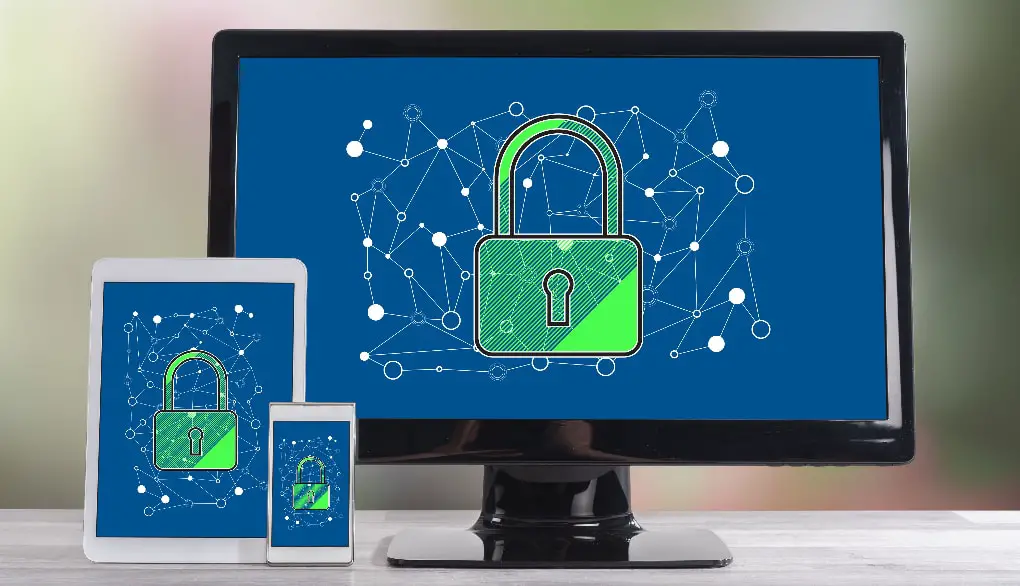In today’s world, web developers must have a good understanding of current open-source security. It’s no longer enough to just be skilled in coding and UI/UX design. In this featured post we will look at another vital task of a web developer’s job; security.
The ability to use free or open-source software is a convenience and advantage for developers. However, it has become a concern because of cyber attacks aimed at software supply chains.
The risk is not limited to those explicitly labeled as freeware or open-source software. It can also be potentially dangerous to rely on tools that include free components like libraries, frameworks, and middleware. In addition to these, plugins, and databases can create a security risk
Open-source or free components are commonly used in web design. Many web developers rely on reusable code and pre-built components like JavaScript libraries to expedite front-end development. This practice is not wrong, per se, but it can predispose organizations to various kinds of threats.
To help you avoid the risks associated with using open-source software, free tools, and components, it helps to observe some best practices. Additionally using a vpn as a service can help to avoid security risks.
Web designers can play an important role in promoting cybersecurity. This can be done by being more cautious about the software and components they incorporate into their work.
7 Open-Source Security Methods For Web Development

1. Only use updated or the latest software or components
Most common security advice, when it comes to general software security, is also a top reminder when it comes to “open source security”. This top reminder would be:
- To only use updated or the most recently released software.
This is important because old or unmaintained software is likely to contain vulnerabilities that make it easy for hackers to compromise security. With regard to software updates, this generally means patches or fixes have been introduced to address vulnerabilities and other issues.
JavaScript libraries, for instance, can be targeted by cybercriminals in their schemes. These libraries can become attack points for code injection, cross-site scripting, and malicious object references.
A javascript library can also become the subject of man-in-the-middle attacks and reverse engineering attempts. This would allow cybercriminals to discover more serious vulnerabilities in other areas of websites or web applications.
It is important to make sure that the libraries used are the latest stable versions free from security issues. The same applies when using open-source or free software used in content management and version control.
These tools may help you save on software costs, but they can provide opportunities for bad actors to steal your data or spread malware into your system. When it comes to security, free resources may not be the best option.
2. Keep track of free or open-source components
Having clear visibility of all your free or open-source components is vital with regard to modern cybersecurity. Agencies and individual web developers need to be aware of all their IT assets and attack surfaces to be able to properly secure them.
It is extremely difficult to protect the unknown. That’s why it is vital for you to have a system to account for all the open-source and free tools, software, and components used on a project.
The IEEE Computer Society has a useful guide on securing open-source components, which is also applicable to open-source security in web development.
In summary, The IEEE Computer Society guide suggests the utilization of a security platform to account for all components and check for vulnerabilities. This would include establishing strict rules, standards, testing, and the scrapping of unsupported or poorly-maintained open source tools and components.
It is advisable to forego open-source tools, dependencies, or components that no longer have an active support community or user base. Likely, they will no longer be updated and security issues that emerge in them may no longer be addressed.
3. Enforce secure coding practices
OWASP’s quick list for secure coding is a good starting point in formulating and implementing secure coding practices. Essentially, the list calls for meticulous attention in the areas of input validation, output encoding, password management and authentication, access control, session management, and encryption.
The OWASP list also suggests that code should have a systematic way of handling errors and generating logs, securing data, managing files, protecting databases, and ensuring secure communications and memory management.
Secure coding is important not only to produce code with the least possible errors but also to prevent threats that target code vulnerabilities.
There have been more aggressive attacks on websites and web apps over the past few years. Cases of cross-site scripting and SQL injection are on the rise. These are preventable by having code built with secure coding guidelines.
4. Use SSL/TLS to secure data transmission
You probably already know that this is already part of secure coding practices, but it is worth highlighting the importance of data transmission security using SSL/TLS. The failure to encrypt web data is one of the biggest mistakes a web developer can make, which is unfortunate since encryption can be complex.
Encryption is essential in open-source projects, given that the code is open to public scrutiny, including threatening actors. It is important to protect sensitive data from tampering, corruption, and interception at rest and also as it moves from the server to users.
5. Participate in penetration testing
Open-source software is open to public scrutiny. This means cybercriminals can do all the tests they want to find vulnerabilities or potential attack points. Organizations can one-up these threatening actors by scouring for these security weaknesses first through penetration testing or ethical hacking.
What is ethical hacking?
If you’re wondering what ethical hacking is in relation to web development security, it’s an honest hacking method done by “white hat” hackers (software or people) to reveal potential security vulnerabilities.
Instead of letting bad hackers achieve their nefarious goals, it would be better to find and rectify the vulnerabilities first by bringing in a team of white hats. These ethical hackers can use automated cybersecurity tools, or by having a combination of both.
There are existing automated penetration testing solutions that can effectively detect security flaws. Even better, they can conduct continuous scans to make sure that vulnerabilities are discovered and addressed before threat actors find them. Some of these tools also harness artificial intelligence to spot security issues more speedily and automate remediation.
6. Be involved in disaster recovery planning
As a web developer, you should build up the instinct and habit of creating backups often and formulating disaster recovery plans. It is impossible to be completely invulnerable to cyber attacks, so it is crucial to always have a way to quickly recover if an attack successfully penetrates your security defenses.
Web developers are usually not the ones involved in the preparation of disaster recovery plans. However, they can provide useful insights into the problems to anticipate.
7. Encourage transparency and community collaboration
Open-source projects thrive because of community collaboration, and the involvement of many brilliant minds instinctively inspecting publicly accessible projects. This helps to discover issues and learn from the communities successes and failures.
When using open-source software and components, it makes sense to actively participate in open-source groups and promote responsible vulnerability disclosure. Going the open-source path almost always means the willingness to be scrutinized and to improve based on the issues cited.
Final Thoughts
With the current digital landscape dealing with aggressive and sophisticated cyber attacks more than ever before, cyber defense is no longer the sole responsibility of a single department or a few people. Others who may not be directly involved in security can do something to help keep threats at bay.
Web developers have a role to play in cybersecurity and I hope you will consider these important open-source security practices. Thanks for visiting and please leave a comment below.
